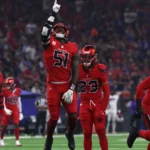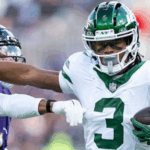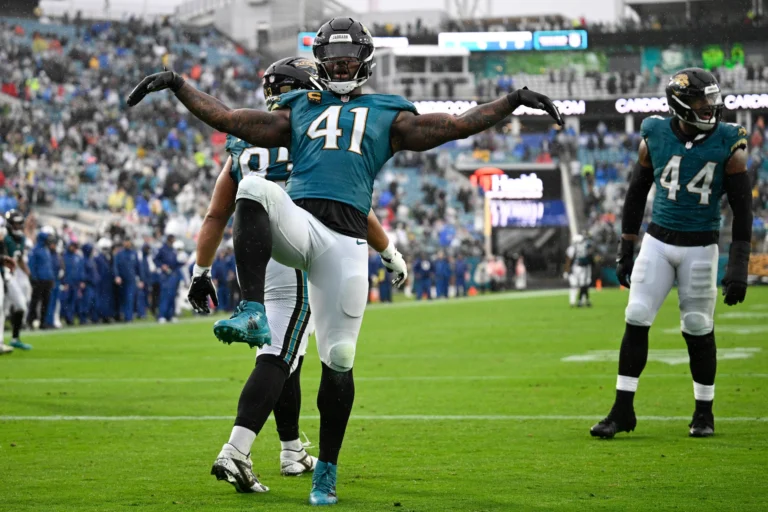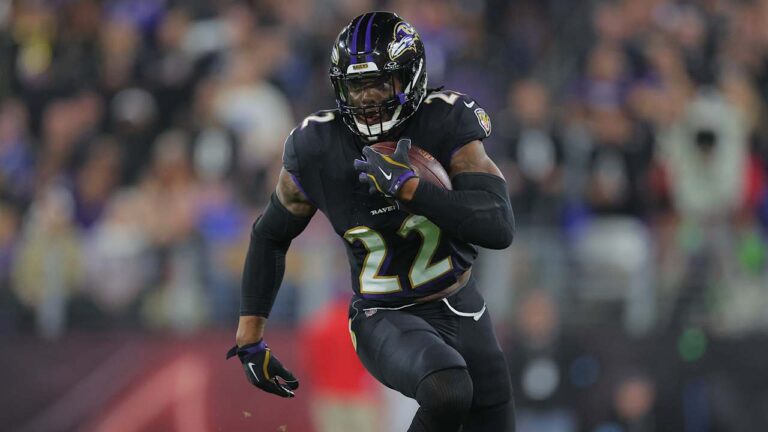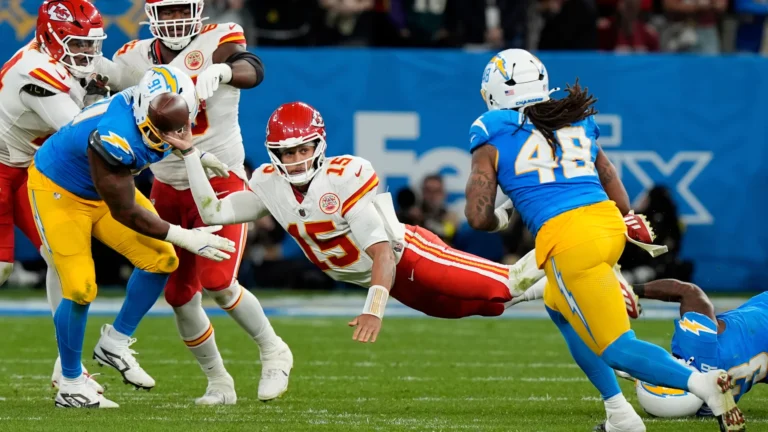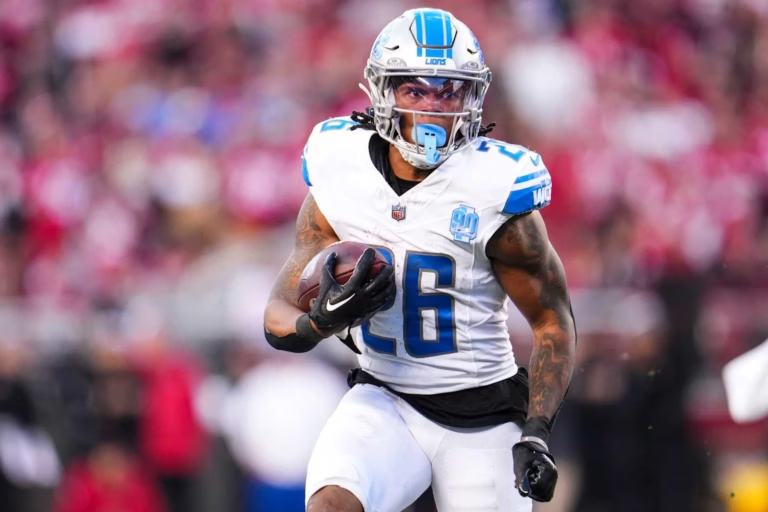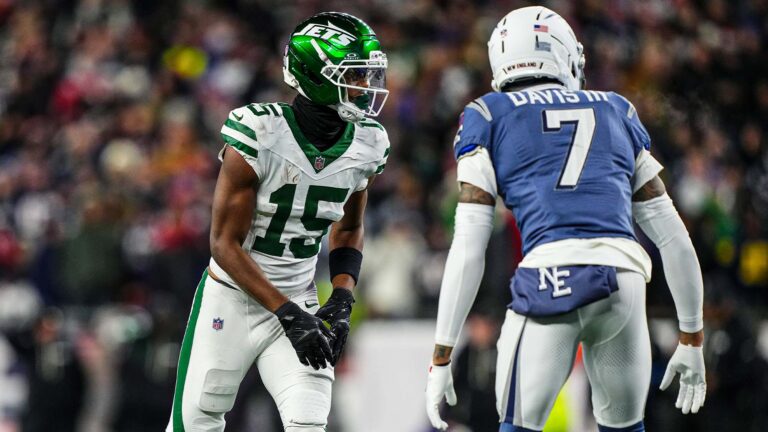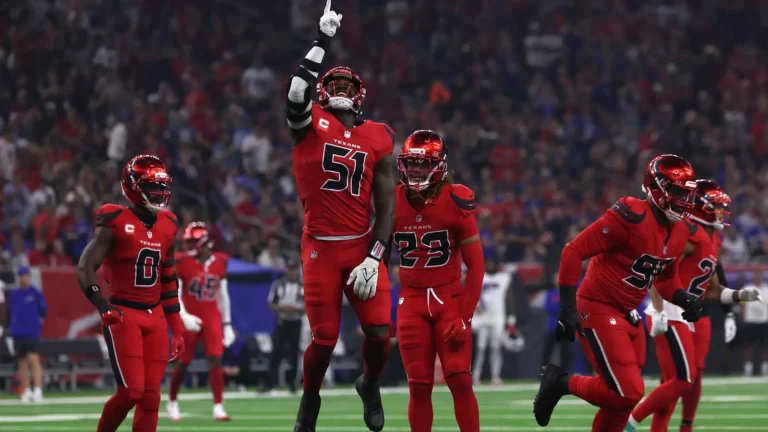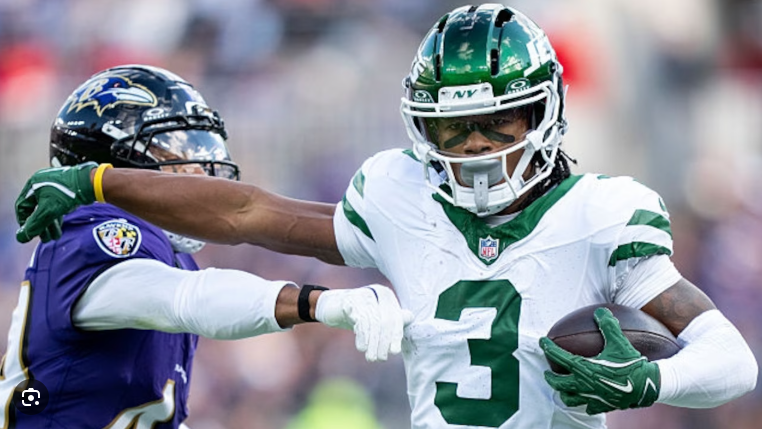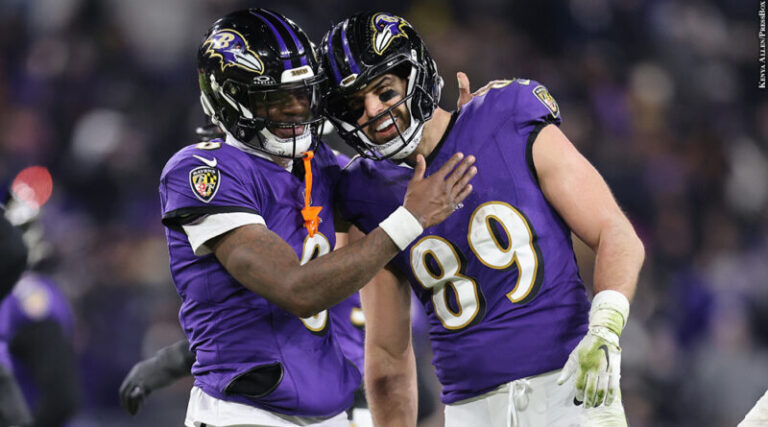Fantasy managers spend hours researching the players’ stats, injuries, and upcoming games. However, the offensive line is an essential part of the puzzle that is frequently ignored. This five-player group has control over what occurs on every offensive snap. But how influential is the offensive line performance on fantasy performance?
Let’s examine how offensive lines subtly dominate fantasy football and what you should know moving forward.
Drive Running Back Production
Running back performance is directly correlated to the quality of the offensive line. What transpires between the lines can be the difference between a waiver-wire dud and a fruitful RB1. Offensive lines provide the room running backs need to develop momentum, work through defenders, and create substantial yardage before contact.
Adjusted Line Yards (ALY) is one metric that can quantify this effect. It estimates the number of rushing yards that should be credited to the offensive line instead of the ball carrier. Higher ALYs across the board often translate to more rushing effectiveness, yards-per-attempt, and big-play opportunities.
A good offensive line not only assists in coming up with explosive gains but also minimizes negative plays, runs into short-yardage situations, and runs that kill drives. That consistency can also take a running back to a higher level of the weekly floor, transforming an erratic performance into lucrative fantasy value.
Another hidden detail is depth. Injuries are common among offensive linemen, and teams that can’t afford to lose key players often see a sharp decline in run-blocking quality when forced to reshuffle. In contrast, well-coached, deeper NFL teams tend to maintain their performance despite setbacks—something worth keeping in mind for those taking a closer look at team consistency and outcomes.
Influence Quarterback Performance
The fantasy value of a quarterback heavily relies on arm talent and scheme. Even so, the frontline protection can be the deciding factor as to how well a QB can perform. A clean pocket means fewer interceptions or dropped passes, which means more complete passes and fewer sacks killing drives.
One metric to check is the Adjusted Sack Rate. It considers the frequency a QB is sacked on a per-dropback basis. A low rate translates to:
- more pass attempts
- more time to make a throw
- generates more fantasy points
Even mobile quarterbacks are not exempt from inadequate protection. Scrambling may minimize the damage, but the pressure will still mess up the rhythm and volume of passing. Consistent pressure also tends to put a player at risk of injuries, which fantasy managers must consider over the long run.
Affect Wide Receiver and Tight End Opportunities
Neither wide receivers nor tight ends play in the trenches, but their output is strongly intertwined with the action. The timing, rhythm, and number of passes made on a team are influenced by the line play in front of the offense, and all are important to the fantasy value of a pass-catcher.
Offensive lines that give quarterbacks time to get through their progressions without rushing will result in more passing attempts and throwing quality. This steadiness raises the possibilities of receivers and tight ends opening up, finishing their courses, and reeling in the passes beyond the point. It also enables more extensive route trees and a more imaginative play design, allowing pass-catchers to create big plays and accrue yards built in after the catch.
In comparison, weak offensive line play will compel quarterbacks to make faster judgments, restrict route creations, and, on numerous occasions, alter the emphasis of passing toward shorter, zero-disparity throws.
Finally, the ceiling of a pass-catcher is more or less determined by the amount of time the quarterback has to target him. A good offensive line does not only keep the QB on his feet, but it keeps the rest of the passing game operational.
Fantasy Draft & In-Season Strategy
It’s one thing to know how offensive lines affect fantasy production. It’s another thing to apply such information in reality, thus making the difference between good managers and great ones. No matter how much of your offseason has been spent on your draft or riding out the ups and downs of the NFL season, having a solid game plan on the topic of offensive line quality can save your team from unnecessary busts and allow you to take advantage of the rising stars.
Before the Draft
- Use Offensive Line Rankings to Help Decide
- Check for Line Stability
- Be Careful with Players Behind New or Weak Lines
During the Season
- Watch Offensive Line Injuries
- Follow FanDuel’s NFL Matchup Predictions
- Use Waivers Smartly
Conclusion
In fantasy football, the attention is usually focused on the players that score all the points: skill players, i.e., the running backs, quarterbacks, wide receivers, and tight ends. However, behind their accomplishment is a crucial aspect that people tend to ignore the most: the offensive line. Offensive lines shape the fantasy results more than most people think, especially by building running lanes, safeguarding quarterbacks, and opening passing venues. Knowing and fitting offensive line performance into your fantasy approach can distinguish between a boom season and a bust.











